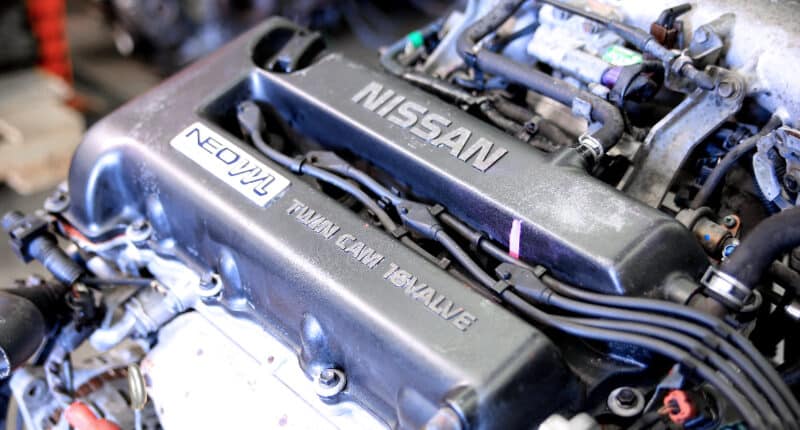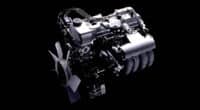Nissan’s SR20 series is a favorite among tuners across the globe. The all-aluminum motor, especially in its turbocharged DET format, has quite the fanbase.
Its naturally aspirated counterpart, the SR20DE, is another hot ticket item in the tuner community, thanks to its affordability and excellent aftermarket support.
But we reckon its lesser-known cousin, the SR20VE, is perhaps the best, more sophisticated option to go for.
Why? Well, because it features NEO VVL, which is Nissan’s take on variable valve timing and lift control. It’s also more powerful than a stock SR20DE.
In fact, the 20VE has almost the same horsepower as the highly desirable and heavily reworked Autech SR20DE.
Join us as we take an in-depth look at the VVL SR20VE, discussing its specs, reliability, and tuning potential.
SR20VE: Specs
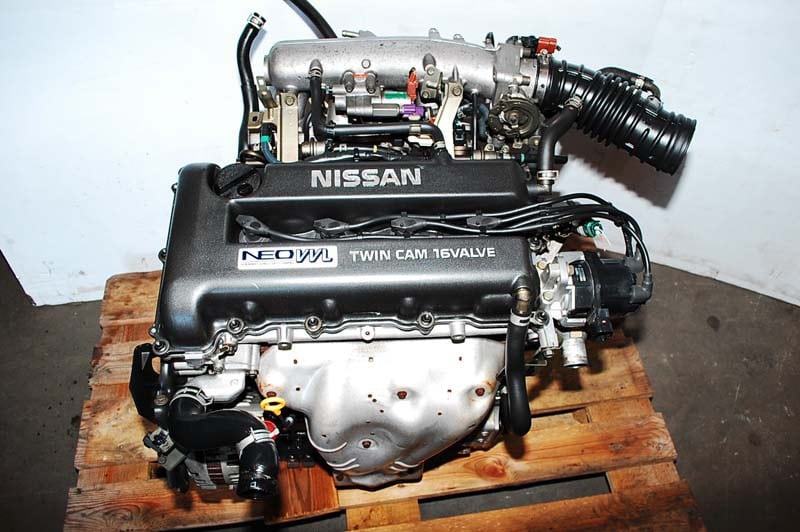
- Engine code: SR20VE
- Production years: 1997-2003
- Layout: Inline 4-cylinder DOHC 16V
- Displacement: 2.0L (1,998 cc)
- Fuel system: Electronic fuel injection
- Cylinder bore: 86 mm (3.39″)
- Piston stroke: 86 mm (3.39″)
- Compression ratio: 10.3:1, 11.1:1
- Power: 187 hp at 7,000 rpm, 201 hp at 7,200 rpm
- Torque: 145 lb-ft at 6,000 rpm, 152 lb-ft at 5,200 rpm
- Firing order: 1-3-4-2
Throughout its production life, the SR20 experienced an evolution of small changes that distinguish each generation released by Nissan.
You have everything from the rudimentary SR20Di to the 276 hp SR20VET engine that powered the 2001-2007 Nissan X-Trail GT.
Here’s what the engine code stands for:
- SR: Engine series
- 20: 2.0L displacement
- VE: NEO VVL Electronic Fuel Injection
The defining feature that set the 20VE apart from its SR20DE cousin was indeed NEO VVL — Nissan Ecology Oriented Variable Valve Lift and Timing.
It was Nissan’s answer to Honda’s massively popular i-VTEC and VTEC systems. However, it was considerably different from their VVEL technology, as seen in the VQ37VHR engine.

The SR20VE is the most popular Nissan engine to use the NEO VVL technology, but it was never the first one to do so; that honor goes to the SR16VE.
Displacing 1,998 cc, the SR20VE features an all-aluminum engine design with an 86 mm bore and 86 mm stroke, much like its SR cousins. It’s a square DOHC engine, offering a healthy amount of power and torque.
There are, however, two versions of the SR20VE. The first variant (1997-2001) makes 187 hp, while the second variant (2001-2003) clocks in 201 hp. The latter was commonly called “20V” and featured a restyled valve cover.
The SR20VE weighs around 165 kg or 363 lbs and holds 3.5 quarts of oil, with a recommended viscosity of 5W-30.

Nissan made use of the SR20VE in a number of cars but was exclusive to the Japanese domestic market. JDM cars featuring the SR20VE engine include:
- 1997-2000 Nissan Primera Te-V sedan or G-V wagon
- 2001-2003 Nissan Primera, SR20VE 20V sedan or W20V wagon
- 1997-2000 Nissan Bluebird SSS-Z sedan
- 1997-2000 Nissan Wingroad ZV-S wagon
Difference Between Nissan’s SR16VE & SR20VE
The first and most obvious difference is the displacement, with the SR20 being a 2.0L and the SR16VE being a 1.6L motor.
This difference is mainly due to the latter having a shorter stroke length, 68.7 mm (2.7″), versus the SR20VE’s 86 mm (3.39″).
While both engines feature NEO VVL technology, the SR16VE has a more aggressive cam profile.
Pair that with a shorter stroke, and the engine manages to put out 173 hp and 119 lb-ft, revving to an 8,300 rpm redline. The stock engine revs significantly higher than the SR20VE’s 7500 rpm redline.
Although the SR20VE remains relatively powerful, the SR16VE (in its Autech-tuned N1 guise) is supposedly the most powerful 1.6L naturally aspirated engine, at 197 hp.
How Reliable Is the SR20VE?
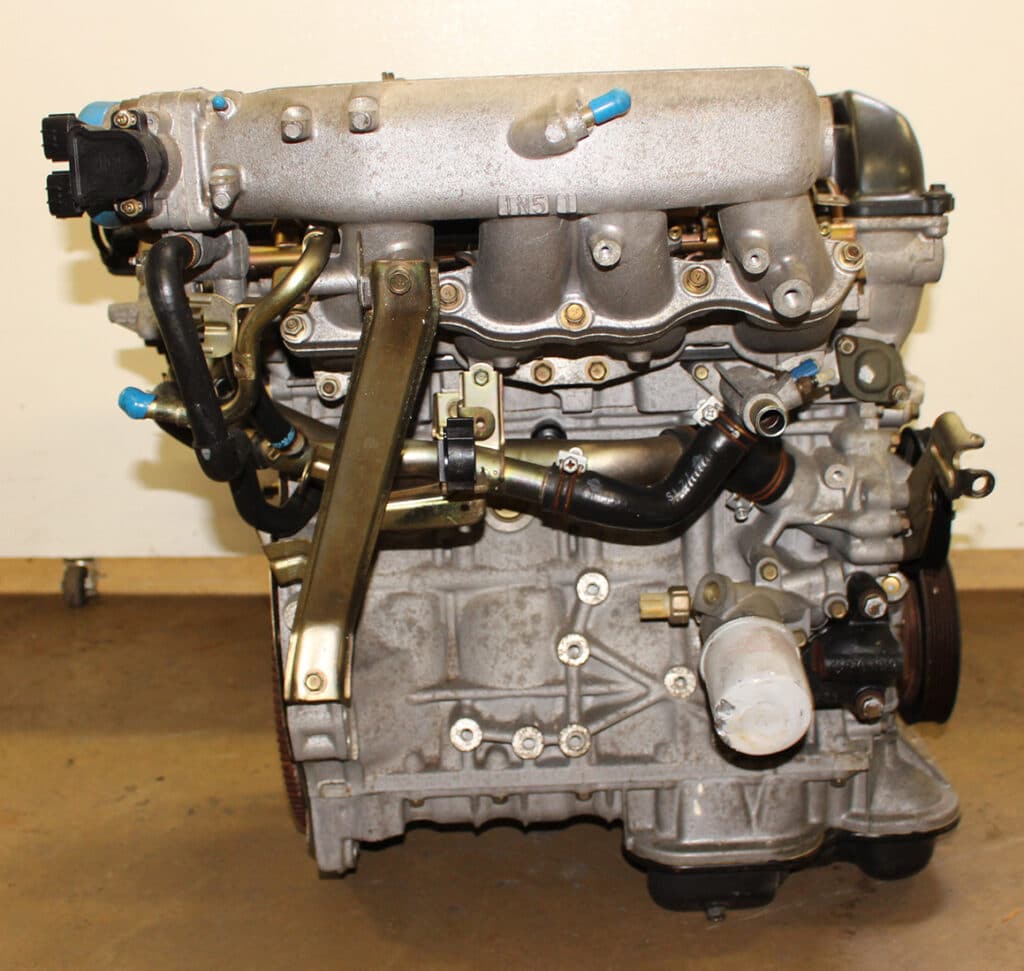
SR20 engines are generally considered reliable and extremely durable. There are accounts of stock motors lasting over 200,000 miles with nothing more than a bit of TLC.
We know how robust the SR20’s stock block is, especially if you modify it responsibly. While some owners have found the aluminum block to warp, it’s generally not a common issue if you don’t go overboard with the upgrades.
That said, you may experience rough idling or even a ticking noise. Some owners have even reported sluggish performance, which could stem from a clogged MAF sensor over a fuel pump malfunction.
The ticking noise is mainly due to valve clearance issues, so you may want to check that. Also, keep in mind that SR20s are interference engines. If the timing chain snaps, you’re looking at catastrophic engine damage.
Nissan SR20VE: Tuning Potential

It’s not uncommon to see SR20VE making 220-250 whp, which is where we’d draw the line for a spicy daily driver. Turbos and superchargers are a simple and effective way to get there, paired with a decent map.
There are, of course, aftermarket turbo kits available to help you out. However, turbocharging a high-compression engine has its fair share of risks.
Alternatively, several SR20VE owners have experimented with SR16VE camshafts (even from the N1 version), unlocking those few extra revs.
This, along with an aftermarket short ram or cold air intake system and upgraded exhaust manifolds should help you extract more ponies from the SR20VE.

Other suggestions include installing N1 pistons, bigger fuel injectors, and a 16VE water pump.
Engine swapping is another option; we’ve seen some crazy SR20VE builds. These tend to get quite extensive as they involve head porting, billet engine blocks, and aftermarket crankshafts with more counterweights.
At that point, you’re better off with an SR20VET, which comes with 276 hp from the factory. Or you might want to consider an SR20DET engine, which is relatively easier to source.
Aftermarket support is pretty good in both cases, so that’s not something to worry about.
In the end, it all boils down to money. If you aren’t budget-restricted, by all means, try and build an SR20VE to 270-plus whp.
It’s not impossible, but you can achieve more with an SR20VET by spending roughly the same amount of money.
Should You Install an SR20VE in Your Next Project Car?
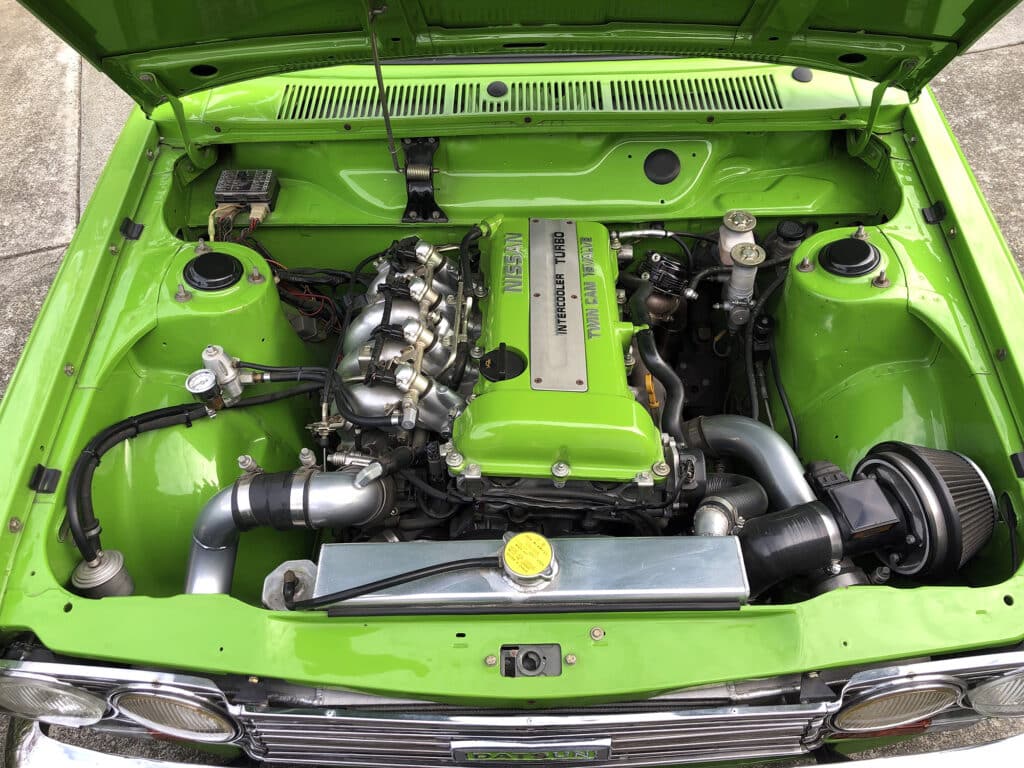
If you like your turbochargers, then the SR20DET and SR20VET are much better options as they’re designed to be forced induction engines.
But if you like mechanical simplicity and prefer naturally aspirated top-end power for exhilirating track days, then an SR20VE RWD build is the way to go.
Want more options? Check out our guide on the best high-performance Nissan engines.
Would you pick an SR20VE over an SR20VET? Let us know by leaving a comment below! If you enjoyed the article, feel free to share it with your friends online. We welcome your support!
